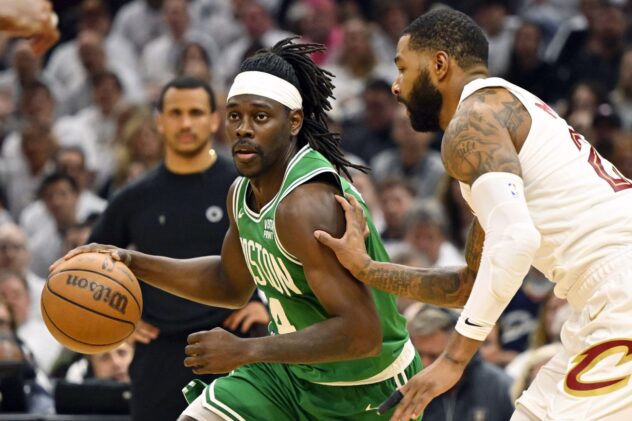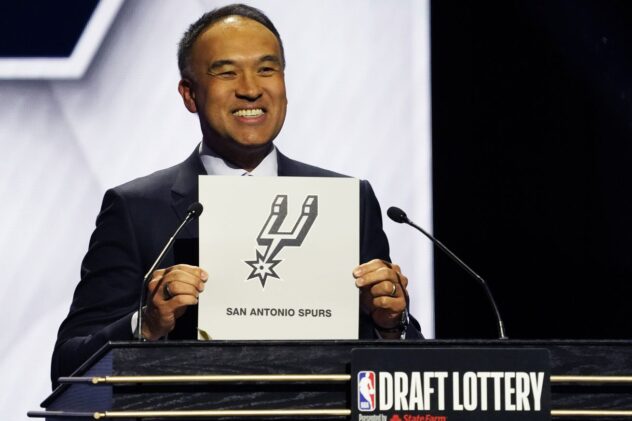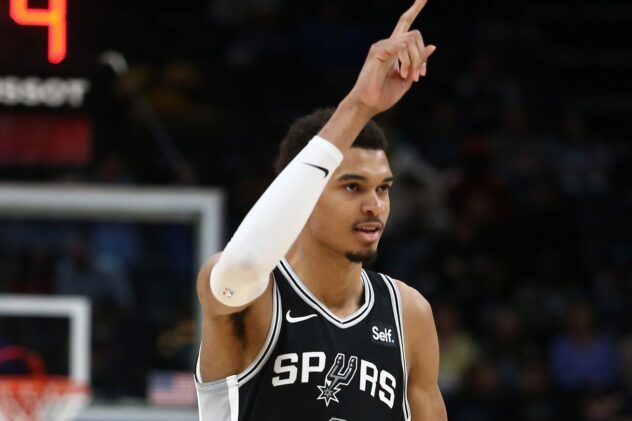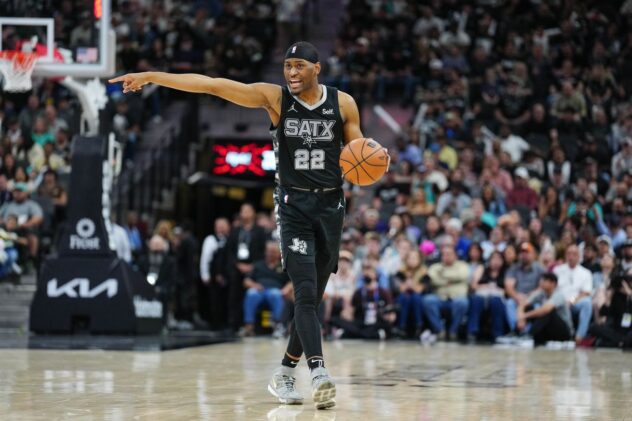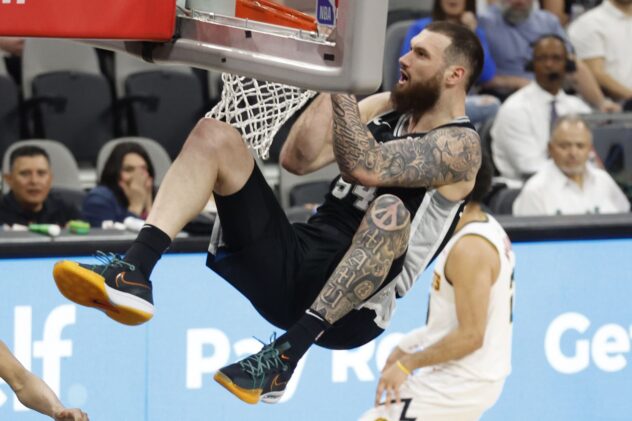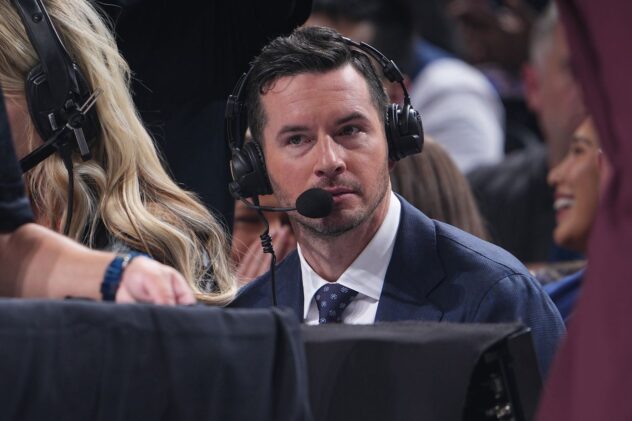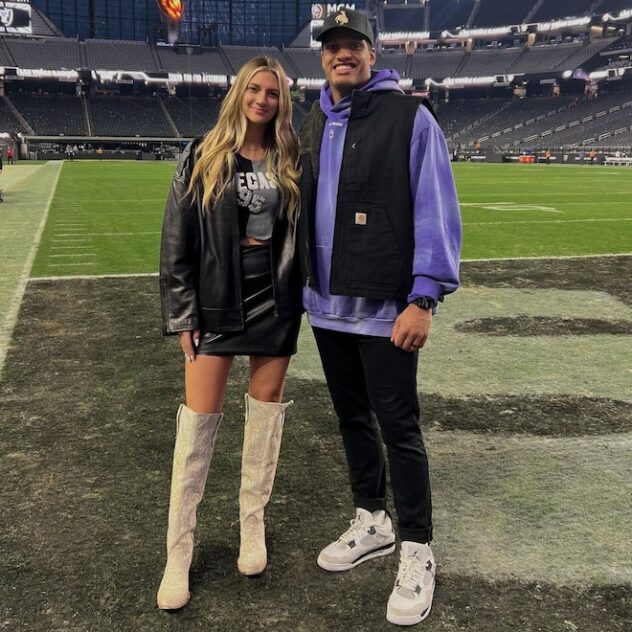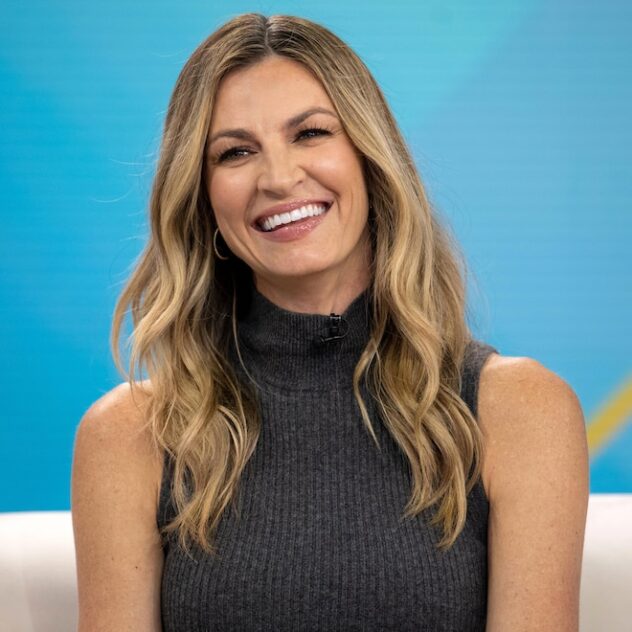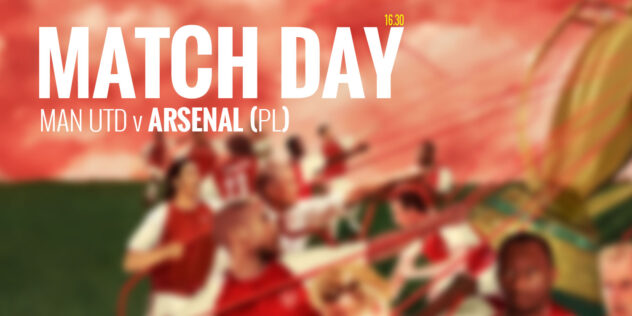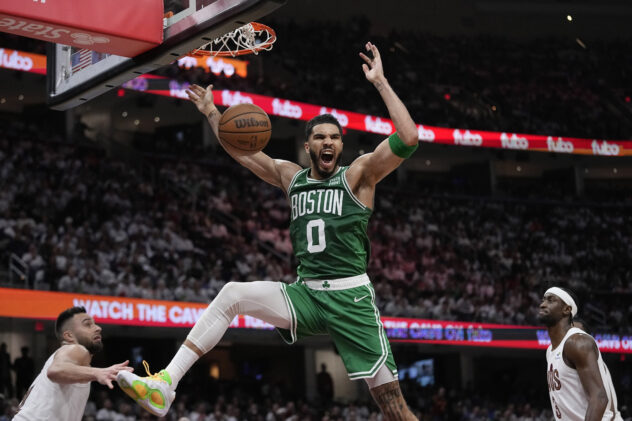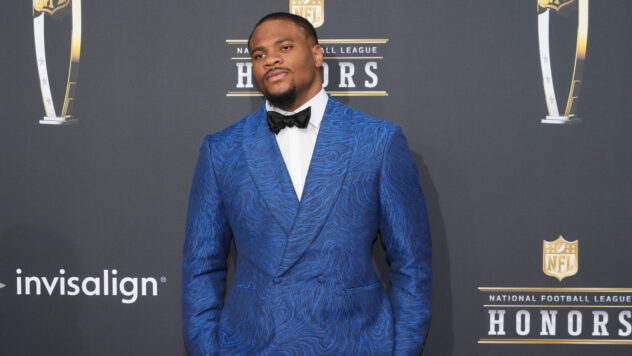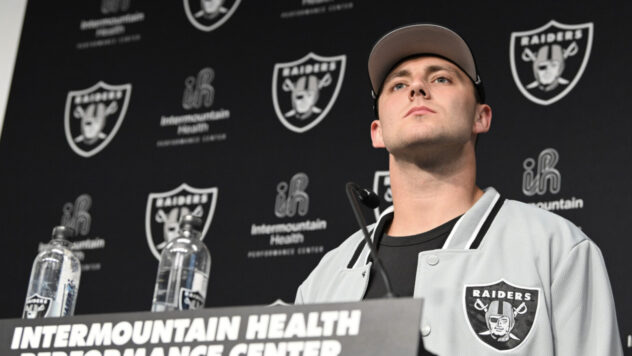Around the NBA: Orlando’s magic tricks, the rising Suns, and confusion in LA
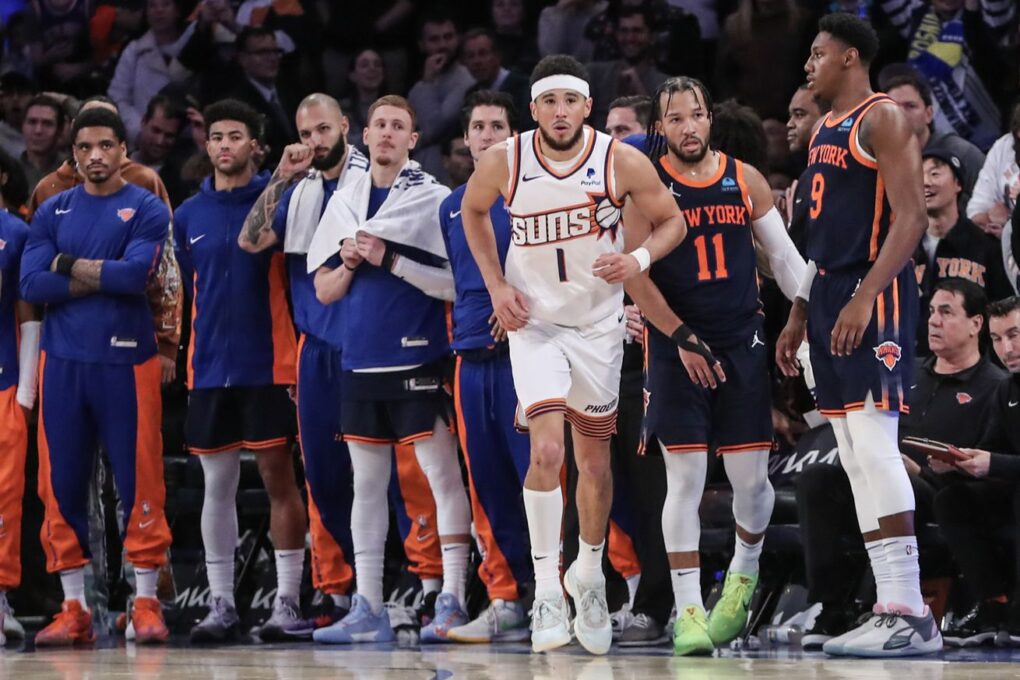
The Lakers can’t score, the Magic are exciting, and the sun is rising in Phoenix.
Outside of the strong play of Denver and Boston, this season has been full of surprises.
Both OKC and Orlando, often dubbed teams of the future, are looking like legitimate threats right now. Meanwhile, expected contenders in Phoenix and LA have shown weaknesses that can be heavily exploited, and it feels like the league is experiencing a real changing of the guard.
So, it’s time to analyze which trends will continue and how far those teams can make it this season.
Magic tricks in Orlando
Do you believe in magic?
Personally, I’m a bit skeptical, especially given that the two lead magicians in the group, Paolo and Franz, are barely old enough to drink and don’t seem to know how to properly cut and eat turkey.
Regardless, there’s no denying that Orlando has been one of the most pleasant surprises of the season thus far — the Magic are currently second(!!!) in the East and have won eight straight games. They also have the third-best defense (108.0), fifth-best net rating (+6.9), and the 15th-ranked offense (114.8). That latter stat might not seem impressive, but given that Orlando hasn’t had a top-20 offense in a dozen years, they might as well throw a parade tomorrow.
Impressively, there isn’t anything unsustainable about the Magic’s success thus far. Opponents are shooting 37.2% from three (0.5% above league average) with an efficient field goal percentage of 54.1%, which is right in line with their location-expected field goal percentage of 54.7%, indicating that Orlando’s defensive prowess hasn’t been the result of cold shooting from other teams.
The most encouraging sign for the Magic, though, is that they have the highest location-expected field percentage offensively (56.1%) yet their actual eFG% is only 54.0% (20th). Considering Orlando is a below-average shooting team, it would be unreasonable to expect them to actually perform to their expected number, but having a discrepancy of over 2% probably won’t last, either. Moreover, the Magic are also still down two starters in Markelle Fultz and Wendell Carter Jr., and while neither are great floor spacers, they’re still better passers than Cole Anthony and Mo Wagner so Orlando’s offense will flow better once both are back.
In other words, it’s plausible for the Magic to continue fielding an average offense while being elite defensively, and the team’s current success can largely be predicated on just how hard they play; right now, Orlando is forcing turnovers on 17.3% of their defensive possessions (highest in the league) while also being top five in both offensive (30.5%, sixth) and defensive rebounding (75.6%, second). In a way, this Magic team’s style is a bit reminiscent of the Grit & Grind Grizzlies, and no player embodies that more than Jalen Suggs, who’s shooting 37.3% from three on 4.4 attempts per game. He also plays with an intensity that resembles Marcus Smart, and if the season ended right now, Suggs would have a good chance of making an All-Defense team:
Jalen Suggs is a different type of dawg pic.twitter.com/euDA4xFNXg
— Brett Usher (@UsherNBA) November 22, 2023
Like those Grizzlies, though, the ceiling for this Orlando squad will ultimately be determined by how well their best players can become as shot creators. Paolo and Franz can both be All-NBA level players, but currently, they’re still unreliable at generating their own offense: Paolo is averaging 0.72 points per possession on 3.3 isolation plays per game (22nd percentile) while Franz is at 0.71 PPP on just 1.3 isos per game (19th percentile).
Given their youth, I have no doubt that both will grow into reliable individual creators, but the current iteration of the Magic just can’t generate enough offense to be considered a true threat in the East… yet.
So, for now, I still don’t believe in magic, but I’m definitely prepared to embrace the supernatural in the coming years.
The sun is rising in Phoenix
I wanted to wait until Booker, KD, and Beal all played together before writing about the Suns, but at this point, you might have a better chance of finding Bigfoot.
Even without Beal, though, Phoenix won seven straight before their Wednesday night loss to the Raptors. The Suns currently have the sixth-best offense (118.6) and ninth-best net rating (+4.1) but are unsurprisingly 18th in defense (114.5).
At this point, we all know the story with Phoenix: when Booker and KD play together, the Suns have a net rating of +9.7, and with Booker and KD alone, they have net ratings of +18.3(!!!) and +4.6, respectively. They’ve been absolutely destroyed to the tune of a -24.9 net rating when neither plays, but given health, one of them will be on the court at all times.
With that in mind, the most important thing to analyze is the play of their role players. Eric Gordon has kept the team afloat during key stretches and can be a secondary ballhandler if needed, but the most important thing he provides is spacing: so far, Gordon’s made 51/121 (42%) of open and wide-open threes, which is when the closest defender is four or more feet away.
Outside of Gordon, though, Phoenix hasn’t found any other wings that they trust. Grayson Allen has played the third-most minutes this season and has hit a ridiculous 47.5% of his threes, but as we’ve seen during Milwaukee’s recent playoff runs, he’ll be targeted defensively and can be played off the floor.
No other wing or guard on the Suns have even averaged more than 22 minutes per game, and Josh Okogie, who got real minutes in the playoffs last year, has made just 10/37 (27%) of his open and wide-open threes. As a result, opposing teams have been double and triple-teaming Booker and KD when they haven’t shared the court, as is shown below.
— Bill Huan (@bill_huan) November 30, 2023
As for their bigs, both Jusuf Nurkic and Drew Eubanks have been… fine. In a perfect world, they’d provide Phoenix with elite rim protection, but opponents have still been shooting 66.9% within four feet of the basket — which is 21st league-wide. That conversion rate is right in line with both players’ history, suggesting that the Suns’ defense will likely stay below average.
Given that they’re sixth in offense even without Beal, though, it’s reasonable to expect them to finish with a top-five attack once if the Big 3 can share the court together.
Even so, I just don’t think all three will hold up long enough for them to legitimately compete for a title: over the past three seasons, Booker, Beal, and KD have averaged just 63, 50, and 46 games played, respectively. Regardless, the Suns’ firepower will still make them one of the more entertaining teams to watch, and I hope that their trio can be healthy enough to at least compete in the West.
What’s going on in LA?
Coming into the season, I placed the Lakers as a second-tier contender behind the likes of Denver, Phoenix, Boston, and Milwaukee.
19 games in, I’m starting to get a little worried.
LA is basically break-even with a net rating of just +0.9, which is largely a product of their currently 19th-ranked offense (113.2). The most concerning thing, though, is that the offense scores an anemic 105 points per 100 possessions when LeBron is off the court, which is a full point fewer than Portland’s league-worst 106 offensive rating.
Even with Anthony Davis on and LeBron off, the Lakers still only have a 109 offensive rating, and any hopes of AD carrying the Lakers as the lone star has long sailed. So far, AD’s efficiency has dropped across the board: he’s currently shooting 40% from mid-range (46th percentile), 71% at the rim (50th percentile), and is attempting less than one three (0.6) per game.
The most frustrating part, though, is that AD doesn’t maximize his opportunities to score due to where he takes his shots from. 45% of his attempts come in the mid-range (90th percentile) while 52% have been taken around the rim (53th percentile), which is an alarmingly low percentage for a big who doesn’t space the floor.
Ironically, that latter number is actually the highest since AD’s rookie season, but given that his jump shot has abandoned him, it begs the question as to why he doesn’t evolve his game and attack the rim more.
Take the clip below as an example. AD jab-steps multiple times and settles for the pull-up instead of driving to score or draw a foul.
— Bill Huan (@bill_huan) November 30, 2023
Of course, LA’s lack of shooting hasn’t helped. They’re 27th in three-point attempts (31.5%) and 26th in accuracy (34.8%), which lets opponents pack the paint — as was shown by the Pistons above.
On the bright side, Austin Reaves’ shooting percentages are also unsustainably low. So far, he’s only making 43% of his mid-rangers after hitting 51% during his first two seasons, and his three-point percentage has dripped from 40% to 32% as well.
Assuming Reaves’ shooting bounces back, the Lakers’ offense should place somewhere between the 15-20 league-wide with a top-ten defense. That’s not a true championship contender and I no longer think that LA has a realistic chance of winning it all, but the team can still make the conference finals — if everything breaks right.
This week, please check out JeffreyGrantHunt’s article on the time it takes to build a contender. Realistically, Spurs fans need to wait a few more years before expecting to compete, but it’ll be all worth it once everything starts clicking in place.
Thanks for reading!
All stats courtesy of Cleaning the Glass, and NBA Stats.

